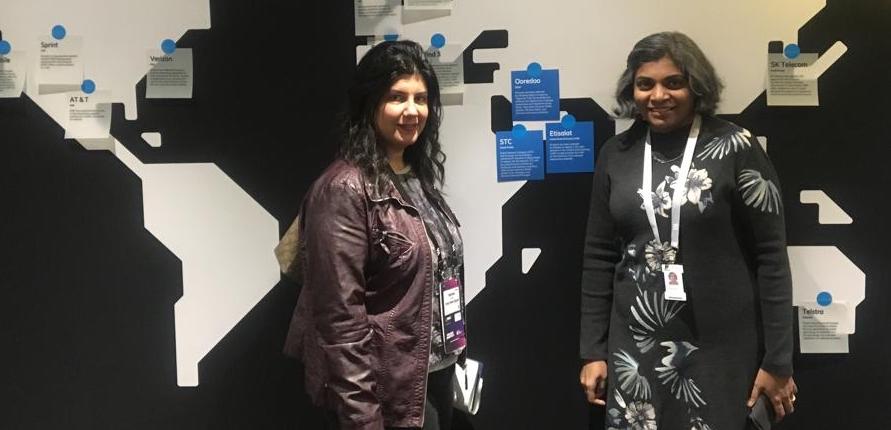Barcelona- Ericsson has a solid strategy in implementing 5G, said Preeti Nagarajan, the head of strategy and networks at Ericsson stated.
She told Daily News Egypt at the Mobile World Congress that the 5G, which the company will introduce, will be an extension to the 4G, as the company wants to also make sure that it has a very good 4G network. This is extremely important for the company, and we want to make sure that there is good coverage and capacity everywhere.
“We can then start simultaneously upgrading to 5G. As all the equipment which we have since 2015 are 5G ready. As we start investing in 4G, we can expand the 5G in a continuous way, therefore, the devices are coming out in the second quarter (Q2) of 2019 for commercial use. Now it is about preparing the network,” she elaborated.
“Spectrum is very important, hopefully in the Middle East and Asia, the spectrum strategies put in place,” she noted. “We have made three announcements in the Middle East and Asia, namely Etisalat, the Office of Research, Innovation, and Ooredoo, and STC, as it is just a beginning.”
She disclosed that there are some challenges facing 5G, the first challenge is to make sure that there is enough spectrum as 5G needs to be deployed in sub 6 GHZ, or between 2.6 GHZ and 5 GHZ, in addition to ensuring that the government’s regulatory authorities make sure that spectrum is available to the operator. In addition, we need to help the operator plan their network expansion to go from 4G to 5G.
“Another challenge is to find the sites or places to place the equipment, and we have several solutions to help our customers with the ways they can plan the sites. Even though it was a challenge, we can have a good discussion to find solutions together,” she added.
She pointed out that 5G is ready to handle low latency apps such as remote mining and remote controlling, as this is extremely important in the world of industrial development and digitalisation of industries. She explained that the company has a showcase in Sweden on remote mining. The showcase is that a person is sitting outside a mine, but he/she can carry out active mining through a robot deep inside the mine, several hundred miles down. “That is critical IoT because there should not be any time lag in the period after pressing a button for an action to take place, and when that action happens, therefore latency should be zero, or close to zero.”
Nagarajan continued, “Moreover, we will have enhanced mobile broadband, which means more devices, more consumers, and simultaneous video downloads.”
Furthermore, she stated “As for the adaptation of IoT, she said that her company already started. They did trials along with American operators for low-band and mid-band, 602.3 GHZ for low-band, and 2.625 GHZ. Therefore, the company has complete understanding how it needs to be deployed. We have 13 named contracts now, and we have start working with the roll out to help those operators,” adding, “We are ready whenever our customers are ready.”
Regarding the environmental impact from installing 5G infrastructure, she said, “We take sustainability very seriously such as power consumption of the equipment, and making sure that networks are greener and we work consistently, generation after generation to make it better.”




